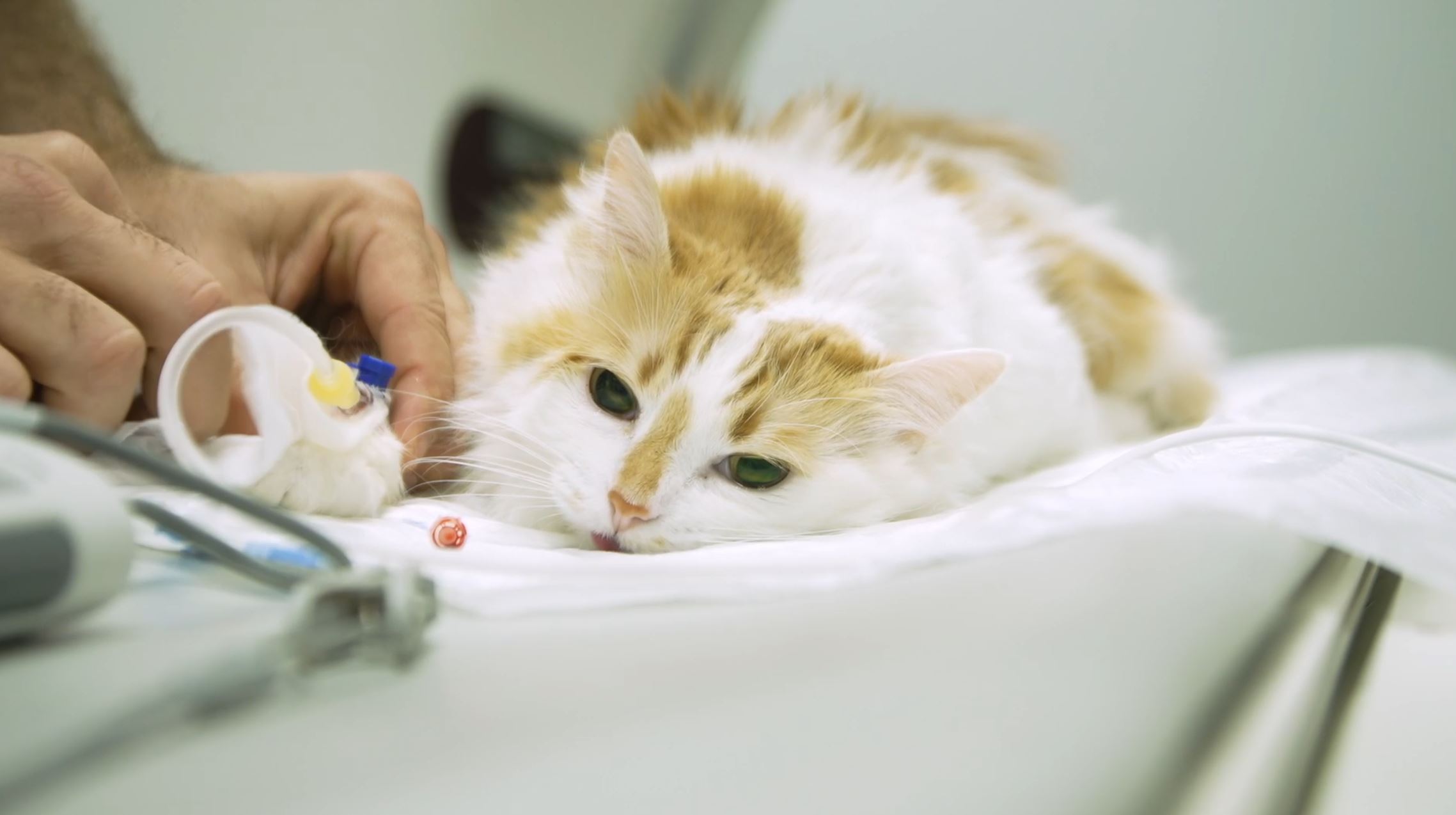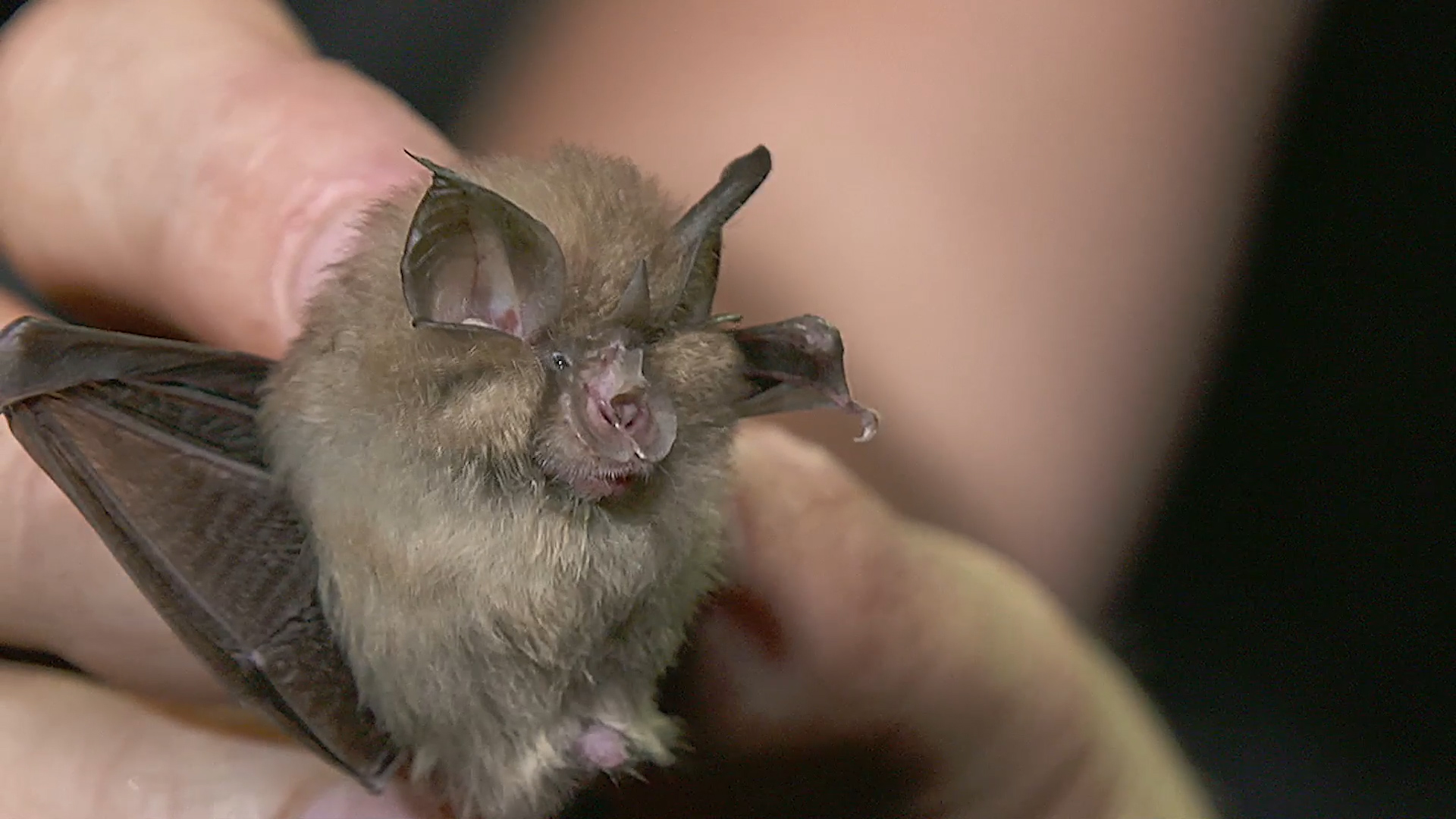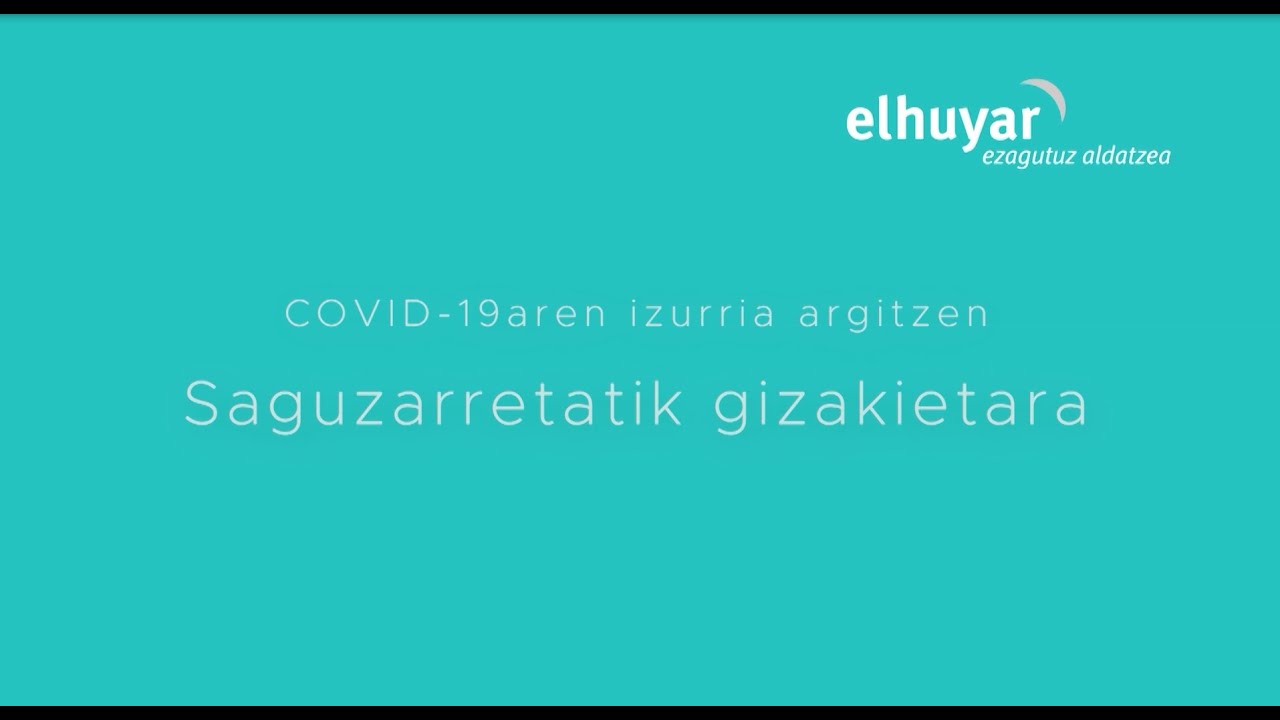Pangolinas, cats and the paradox of the island
2020/04/14 Galarraga Aiestaran, Ana - Elhuyar Zientzia Iturria: Elhuyar aldizkaria
Published in Berria on April 7, 2020

See Bego Urrutia Barandica, head of the Directorate of Social Disclosure of the Research of the UPV/EHU, compares knowledge with an island: the more you know, the more you expand the area of what is not known; the greater the surface of the island, the greater the perimeter.
The same happens with COVID-19: the virus that causes the disease has gone from being a totally unknown virus to being a priority research topic around the world. The answers have been faster than ever, but the questions are on the rise. However, wanting to respond too quickly can provoke an earthquake on the island and endanger the built on it.
An example of this is research to clarify the origin of the virus. Genetic studies quickly decoded the virus genome, quickly demonstrated that it came from the origin bats, and quickly said that the intermediate animal between bats and humans could be a snake.
The knowledge of this intermediate animal is very important, since through it it has reached human beings, not bats. In the other two plagues created by the coronavirus during this century, SARS and MERS, the cyvets (a wild Asian feline) and dromedaries were the means.
It must be taken into account that in China and in many parts of the world it is customary to sell wild animals in the food markets. And the Wuhan seafood market was from the beginning the origin of the disease, where snakes are also sold, so they could contaminate the virus to humans.
However, some researchers soon expressed their doubts and believed that the medium should be a mammal. And it seems they were fine: later studies have ruled out snakes and endangered pangolines. Pangolins inhabit Africa and tropical Asia, have the body covered with scales, ends and long tails and are protected. Unfortunately, it is not rare to sell protected species in such markets. It seemed, therefore, that the investigations took the right path.
However, they have now cancelled that this Wuhan market was the origin of the epidemic. And the participation of pangolins is not entirely clear either. That is, that the consequences are too fast has no benefit, on the contrary.
Closer to us, another species has caused concern and confusion: cats. In fact, in China, research was conducted on whether domestic animals were sick from covid-19 and have found that cats are contaminated with the virus that produces covid-19, but not with dogs, pigs, chickens and ducks.
The researchers warn that from this it cannot be deduced that cats are transporters of the infection. Apparently, during the experiment, they were given a large amount of virus in the nostrils. In other species no, but in cats the virus reproduces. However, it did not cause symptoms, and it does not seem that humans can infect them.
However, when research reaches the media, the concern has spread among many cats. Again it seems that it has come out too fast. But, on the other hand, it should be attentive to detect as soon as possible if there is transmission between people and cats. Therefore, it is not easy to maintain a balance between prudence and urgency. For the moment, what we know about covid-19 is nothing more than a small island lost in the ocean.

Gai honi buruzko eduki gehiago
Elhuyarrek garatutako teknologia





